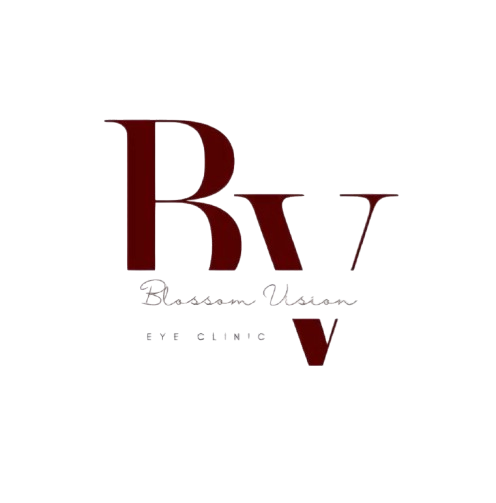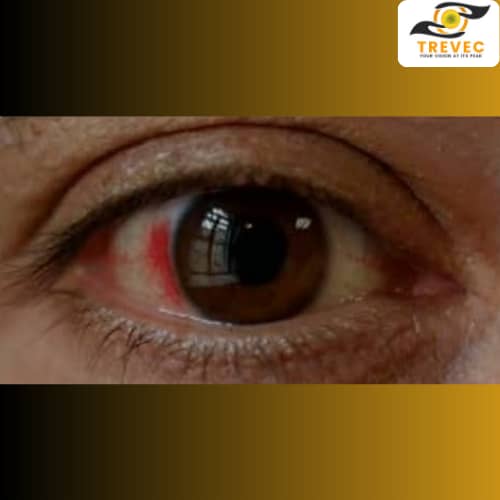Many of us are familiar with the term high blood pressure{hypertension}, but not with high pressure inside the eye or ocular hypertension; to help you understand the impact of high blood pressure on blood vessels and the eyes, consider the analogy of blood vessels as garden hoses(pipes) used to water plants, Just as high water pressure can cause hoses to burst, high blood pressure can damage blood vessels, including those in the eyes, and increase the risk of vision loss and other complications.
IS OCULAR HYPERTENSION CONNECTED TO REGULAR HYPERTENSION?
Ocular and regular hypertension are connected as they both involve;
–Increased pressure: Ocular hypertension involves elevated intraocular pressure (IOP), while regular hypertension involves elevated blood pressure (BP).
-They both damage delicate tissues: High IOP can damage the optic nerve, while high BP can damage blood vessels, kidneys, and other organs.
-They both progress Silently: Both conditions can progress without noticeable symptoms in the early stages
-Increased risk with age: Both conditions become more prevalent with increasing age.
Interestingly, with all these similarities highlighted, they are not the same because:
-Location: Ocular hypertension affects the eyes, while regular hypertension affects the cardiovascular system.
-Pressure measurement: Intraocular pressure (IOP) is measured in millimeters of mercury (mmHg), while blood pressure (BP) is measured in millimeters of mercury (mmHg) but with different units (systolic/diastolic)
-Causes: Ocular hypertension causes will be discussed subsequently, while regular hypertension has multiple causes (lifestyle, genetics, kidney disease, etc.).
-Treatment: Ocular hypertension treatment focuses on reducing IOP, while regular hypertension treatment aims to lower BP.
DOES REGULAR HYPERTENSION IMPACT OCULAR HEALTH?
Some lifestyle factors contributing to high blood pressure are likely to cause ocular hypertension due to shared risk factors.
Regular hypertension has an impact on ocular health, such as:
- Increased risk of ocular hypertension and glaucoma
- Retinal damage and vision loss
- Abnormal blood vessel growth in the choroid (choroidal neovascularization)
- Diabetic retinopathy (if diabetic)
WHAT IS OCULAR HYPERTENSION, YOU ASK?
Ocular hypertension refers to high pressure inside the eye, specifically high intraocular pressure (IOP); the eyes constantly produce a clear fluid called aqueous humor, which flows in front of your eye and drains out; normally, the same amount goes in and out; when the fluid does not leave the eye when it should, the IOP increases, and the high pressure caused by the failure of fluid drainage leads to ocular hypertension.
Bilateral ocular hypertension occurs in both eyes, while unilateral ocular hypertension means pressure is high in only one eye. Normal eye pressure is 11 to 21 mmHg, as is the measurement used in taking your blood pressure. Therefore, you may be diagnosed with ocular hypertension if your ocular pressure is higher than 21 mmHg in one or both eyes during two or more visits to the optometrist.
Stay tuned as we dive into the fascinating world of ocular hypertension in our next post. If you are ready to take charge of your eye health, visit TREETOP VISION EYE CENTER (TREVEC), the best clinic in Utako, Abuja.
TREVEC CARES!!!



2 thoughts on “THE LINK BETWEEN OCULAR AND REGULAR HYPERTENSION”